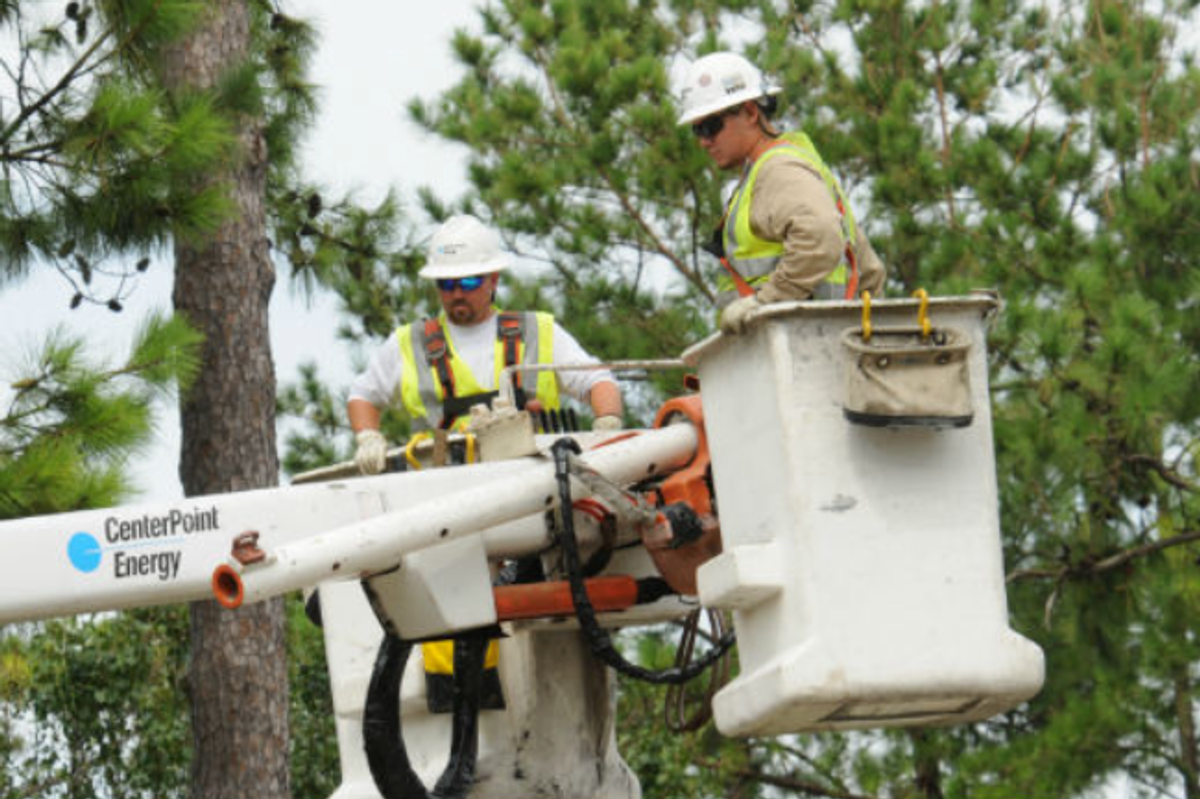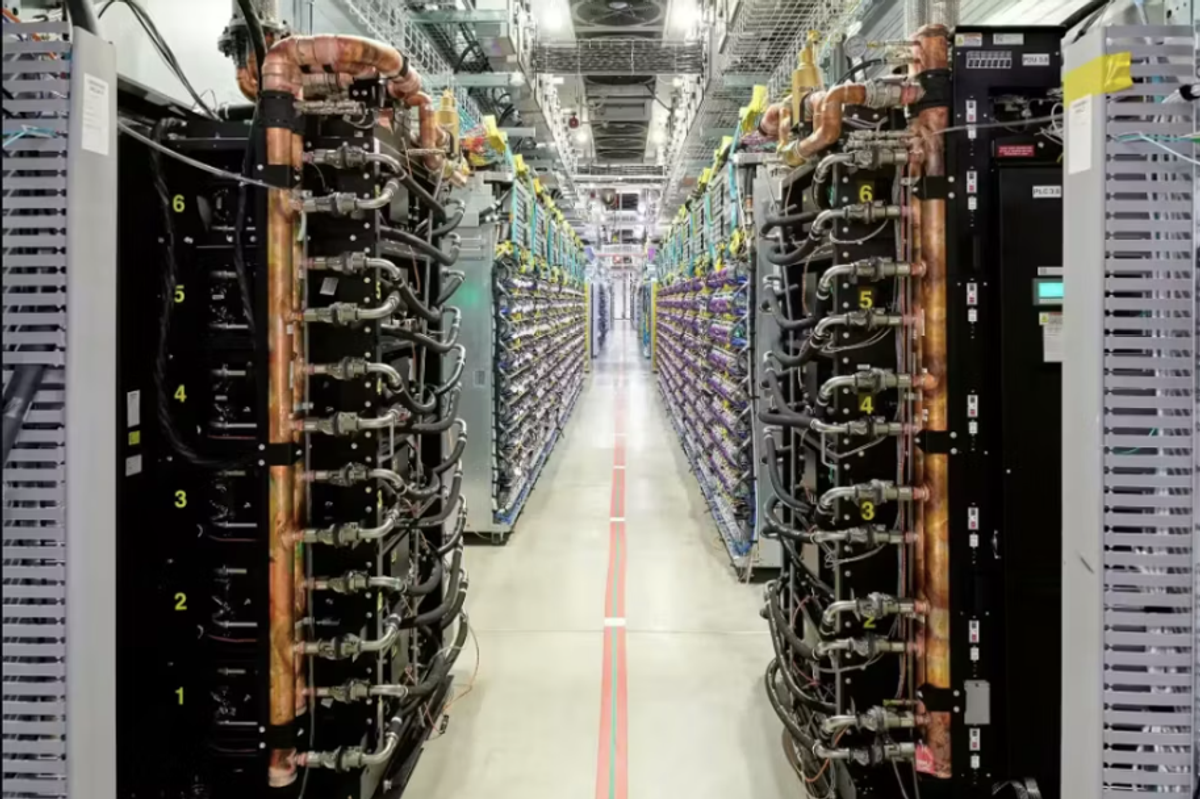Earlier this month, Texas was granted authority by the federal government for permitting carbon capture and storage (CCS) projects. This move could help the U.S. cut emissions while staying competitive in the global energy game.
In June, the U.S. Environmental Protection Agency (EPA) proposed approving Texas’ request for permitting authority under the Safe Drinking Water Act (SDWA) for Class VI underground injection wells for carbon capture and storage (CCS) in the state under a process called “primacy.” The State of Texas already has permitting authority for other injection wells (Classes I-V). In November, the EPA announced final approval of Texas’ primacy request.
Why This Matters for Texas
Texas is the headquarters for virtually every segment of the energy industry. According to the U.S. Energy Information Administration, Texas is the top crude oil- and natural-gas producing state in the nation. The state has more crude oil refineries and refining capacity than any other state in the nation. Texas produces more electricity than any other state, and the demand for electricity will grow with the development of data centers and artificial intelligence (AI). Simply put, Texas is the backbone of the nation’s energy security and competitiveness. For the nation’s economic competitiveness, it is important that Texas continue to produce more energy with less emissions. CCS is widely regarded as necessary to continue to lower the emissions intensity of the U.S. industrial sector for critical products including power generation, refining, chemicals, steel, cement and other products that our country and world demand.
The Greater Houston Partnership’s Houston Energy Transition Initiative (HETI) has supported efforts to bring CCUS to a broader commercial scale since the initiative’s inception.
“Texas is uniquely positioned to deploy CCUS at scale, with world-class geology, a skilled workforce, and strong infrastructure. We applaud the EPA for granting Texas the authority to permit wells for CCUS, which we believe will result in safe and efficient permitting while advancing technologies that strengthen Texas’ leadership in the global energy market,” said Jane Stricker, Executive Director of HETI and Senior Vice President, Energy Transition at the Greater Houston Partnership.
What is Primacy, and Why is it Important?
Primacy grants permitting authority for Class VI wells for CCS to the Texas Railroad Commission instead of the EPA. Texas is required to follow the same strict standards the EPA uses. The EPA has reviewed Texas’ application and determined it meets those requirements.
Research suggests that Texas has strong geological formations for CO2 storage, a world-class, highly skilled workforce, and robust infrastructure primed for the deployment of CCS. However, federal permitting delays are stalling billions of dollars of private sector investment. There are currently 257 applications under review, nearly one-quarter of which are located in Texas, with some applications surpassing the EPA’s target review period of 24 months. This creates uncertainty for developers and investors and keeps thousands of potential jobs out of reach. By transferring permitting to the state, Texas will apply local resources to issue Class VI permits across the states in a timely manner.
Texas joins North Dakota, Wyoming, Louisiana, West Virginia and Arizona with the authority for regulating Class VI wells.
Is CCS safe?
A 2025 study by Texas A&M University reviewed operational history and academic literature on CCS in the United States. The study analyzed common concerns related to CCS efficacy and safety and found that CCS reduces pollutants including carbon dioxide, particulate matter, sulfur oxides and nitrogen oxides. The research found that the risks of CCS present a low probability of impacting human life and can be effectively managed through existing state and federal regulations and technical monitoring and safety protocols.
What’s Next?
The final rule granting Texas’ primacy will become effective 30 days after publication in the Federal Register. Once in effect, the Texas Railroad Commission will be responsible for permitting wells for carbon capture, use and storage and enforcing their safe operation.
———
This article originally ran on the Greater Houston Partnership's Houston Energy Transition Initiative blog. HETI exists to support Houston's future as an energy leader. For more information about the Houston Energy Transition Initiative, EnergyCapitalHTX's presenting sponsor, visit htxenergytransition.org.











